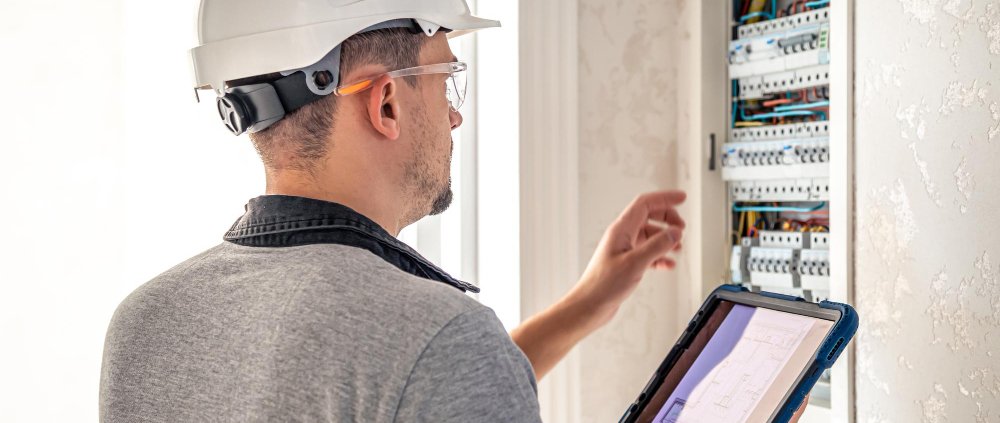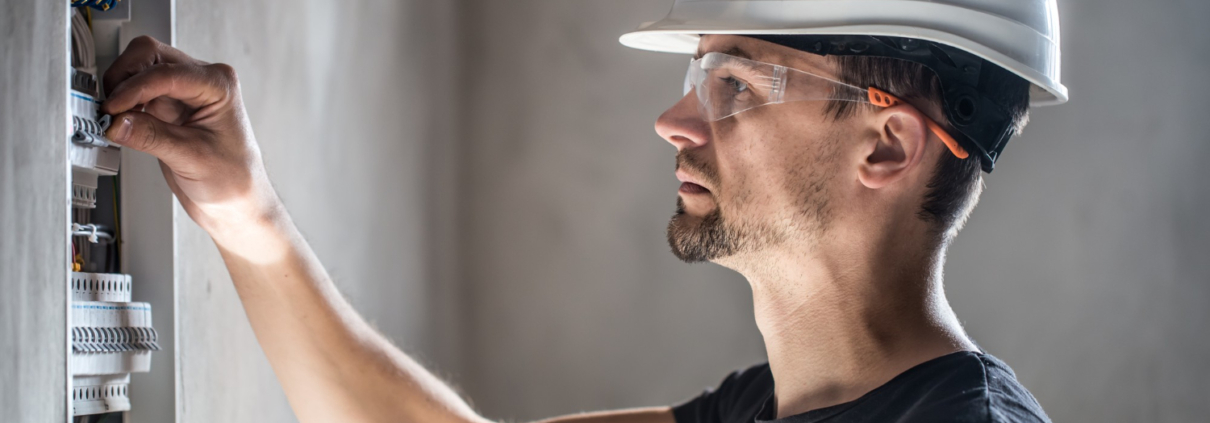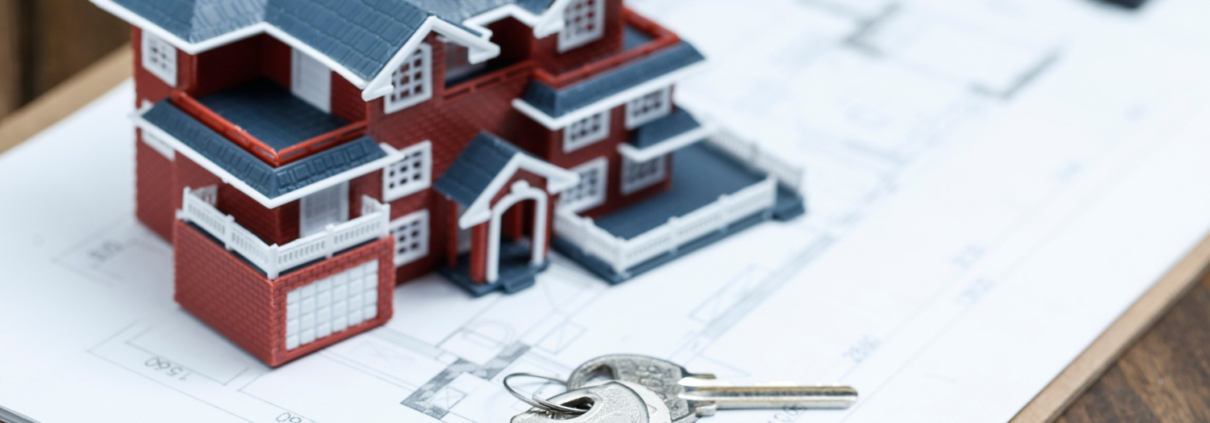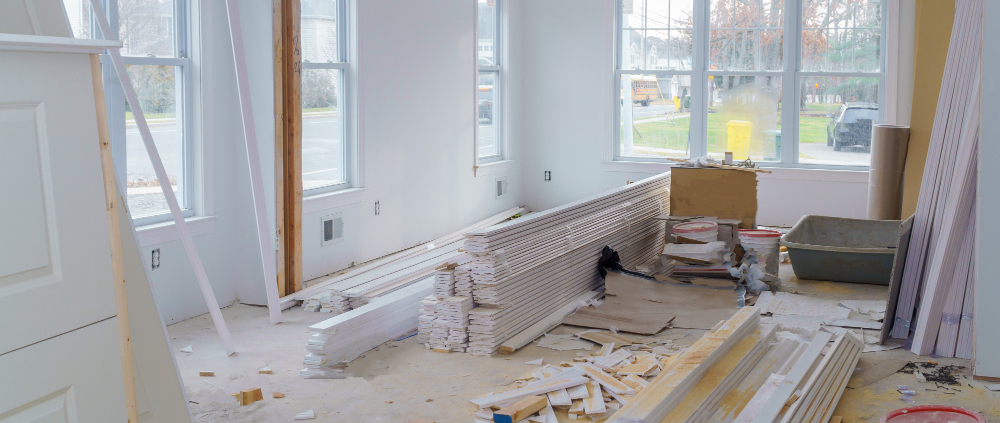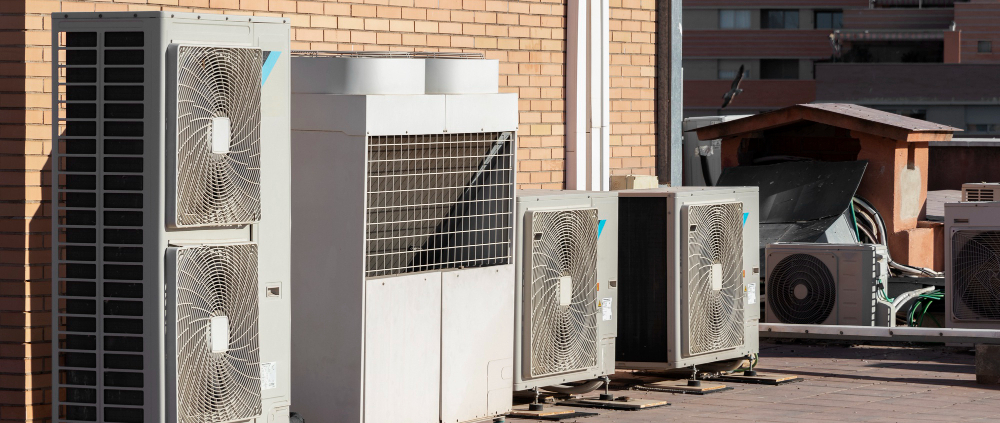You may have heard of radon gas before, but what is it really? Radon is a colorless, odorless, and tasteless gas that is produced naturally from the breakdown of uranium in soil, water, and rocks. It can enter your home through cracks in the foundation or other openings, and once it’s inside, it can build up to dangerous levels.
So why is radon gas a problem? Well, long-term exposure to high levels of radon gas can lead to lung cancer. In fact, the EPA estimates that radon gas is responsible for about 21,000 lung cancer deaths each year in the United States. That’s why it’s important to test your home for radon gas and take steps to reduce your exposure if elevated levels are found.
Fortunately, there are things that you can do to reduce your risk of exposure to radon gas. If you live in an area where radon gas levels are known to be high, you can have your home tested for radon. If elevated levels are found, there are ways to mitigate the problem, such as sealing cracks in your foundation and installing a ventilation system that will help remove radon gas from your home.
Radon gas is a serious health hazard, but fortunately, there are things that you can do to protect yourself and your family from its dangers. Scheduling a home inspection in the Pittsburgh Area is one way to ensure you are not at risk. If you live in an area where radon gas levels are known to be high, have your home tested and take steps to reduce your exposure if elevated levels are found. By taking these precautions, you can help keep yourself and your family safe from the dangers of radon gas exposure.

